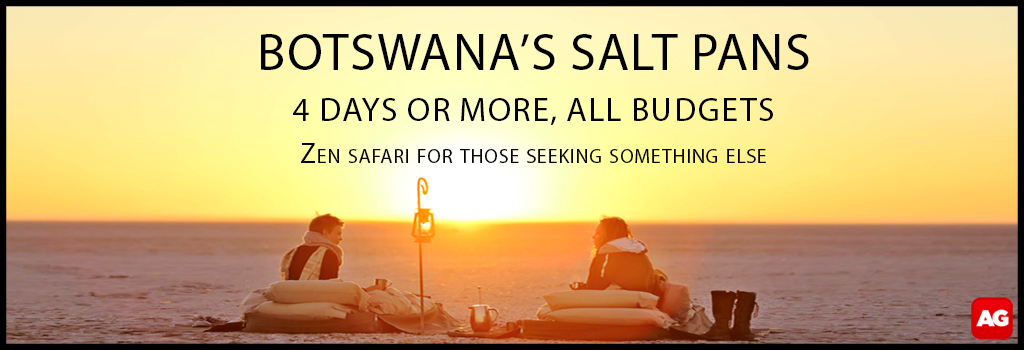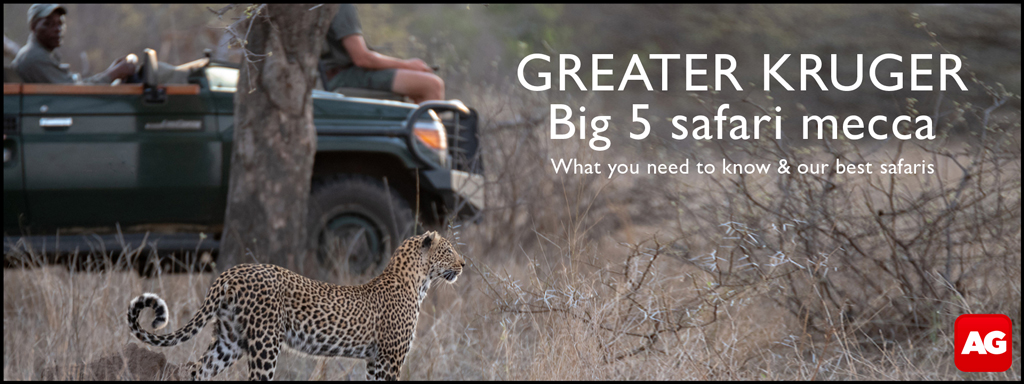– ‘Where are you off to in your search for sawfish?’
– ‘Guinea-Bissau’
Queue quizzical look, which led me to explain that Guinea-Bissau (hereafter GB) was a small country to the south of Senegal, on the coast of West Africa. Quizzical look replaced by a blank nod.Very few people have heard of GB, or know anything about it, yet this little country has experienced much more than its share of warring and disruption since before its independence from Portuguese colonists, and a sense of unrest still prevails. It is this lack of stability which leaves the country poor, with little investment or development.

I was due to travel to GB in May this year to do a short contract for the French NGO, Noé Conservation, and then to do some of my own research on cetaceans. A sudden coup in early April, a fine example of the instability still plaguing this small nation, led me to delay my plans until things had calmed down. And so it was that in October, I set off for GB, determined to find out more about the supposedly near-extinct sawfish (fish of the scientific family Pristidae) and to establish whether, indeed, GB was as important a habitat for rare Atlantic humpback dolphins (Sousa teuszii) as had been suggested.
Plans changed considerably once I was in GB, and I spent the entire duration of my 5-week stay there collecting information on sawfish from fishermen and training local staff to carry out more interview surveys. We worked in 3 areas: the Parc National d’Orango (Bijagos Archipelago), Cacheu (northern mainland GB) and Cacine (in the south). The Bijagos is highlighted in guidebooks and websites as a cluster of pristine, isolated islands surrounded by turquoise waters full of fish, rays, turtles and other marine life; a haven for fishermen, snorkelers and those seeking a quiet respite from the noise and bustle of the mainland. Despite the islands’ beauty, it didn’t quite fit the Western ideal of a tropical escape. Food was limited to fish and rice, with few tropical fruits available. It’s hot – the kind of heavy, oppressive heat that makes even a 1 km walk to the beach seem like an enormous undertaking. We came across several miniature floating islands of trash on our way around the park by boat – one memorable one comprised an abandoned fishing net which had captured myriad plastic bottles, bags and other detritus until it became a choked mass that was near impossible to lift from the water. Local people were friendly and welcoming, on the whole, but not familiar with the link between individual actions and the health of the seas on which they so depend. Nowhere was this clearer than on the ferry on the way from the mainland to Bubaque, the most developed of the Bijagos Islands. We were packed so densely, amongst chickens and suitcases and portable stoves and plastic tubs and sacks of rice, that many of us stood for the entire 6-hour journey, and upon finishing their cans of sugary drinks, boxes of wine, packets of biscuits and bags of peanuts, no one seemed to give a second thought to casting the packaging into the wake of the heaving vessel. Soon to be cast upon some beach, I thought, inside the stomach of a tired old turtle. But object and be seen as the interfering foreigner in a place few white people visit. There are better ways to change people’s actions, but a much-bitten tongue is required in the interim.


It’s easy to criticize, but these islands are even more resource-limited than the Bissau-Guinean mainland. The lack of access to the islands – one ferry now runs once a week between Bissau and Bubaque – means that they have, until recently, retained their unique heritage and have been far less influenced by Western culture than the rest of West Africa. But their continued inaccessibility means that whilst modern products reach the islands, education (at least in terms of environmental awareness) has not. This, combined with increased fishing pressure from local and overseas fishermen, is likely to place new stresses on an important refuge for marine life.
But back to the study. The sawfish is an emblematic species for West Africa, demonstrated by the fact that it appears on the coins and notes of the Central West Africa currency, the Communaute Financiere Africaine franc (CFA). In GB, especially in the Bijagos islands, it is of particular cultural importance, with a sawfish’s saw (rostrum) featuring on many headdresses and ceremonial masks. Elsewhere in the West Africa region, the sawfish’s saw, when placed on the roof of a house, provides protection from evil spirits or signifies the strength and courage of the owner. The capture of a sawfish was required, in many Bijagos islands, for a young man to partake in some rituals such as circumcision and ‘grandesa’ (climbing the social ranks) ceremonies.


In the next post, I’ll provide an overview of the findings of this study and the next steps for the sawfish programme in GB. Thanks for reading!
To comment on this story: Login (or sign up) to our app here - it's a troll-free safe place 🙂.![]()








